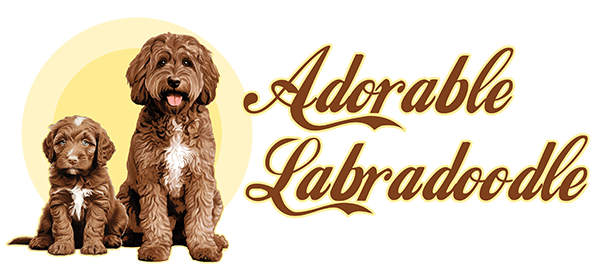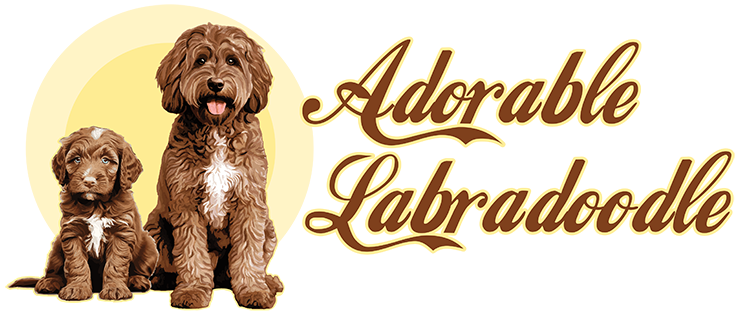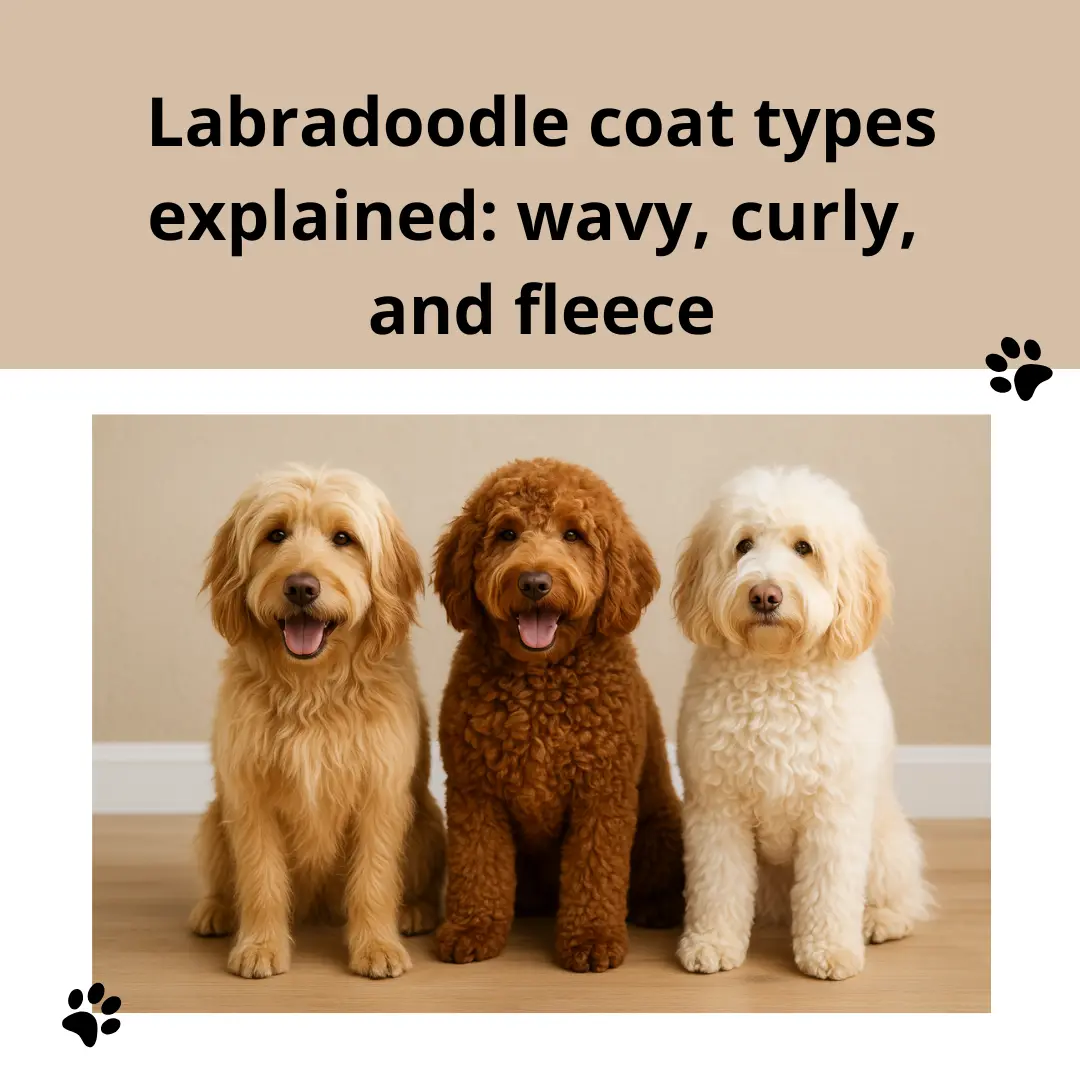Labradoodles are known for their playful nature, intelligence, and adorable looks. But what really makes them stand out is their coat. If you’re thinking about getting a Labradoodle or already have one, it’s helpful to understand the different Labradoodle coat types — especially when it comes to grooming, shedding, and general care.
The three main types are wavy, curly, and fleece. Each one has its own look and grooming needs. In this guide, we’ll walk you through the main types of Labradoodle coats, how to care for them, and what to expect as your pup grows.
Why Understanding Labradoodle Coat Types Is Important
A Labradoodle’s coat affects more than just appearance — it also impacts how much they shed, how allergy-friendly they are, and how much time you’ll spend on brushing and trimming. Some coats require more care than others, and knowing the difference helps you choose the right dog and prepare for Labradoodle grooming routines.
Whether your Labradoodle has a wavy, curly, or fleece coat, proper coat care will keep them healthy and happy.
1. Wavy Coat (Also Called “Shaggy” or “Fleece”)
The wavy coat is the most common type found in Labradoodles. It has a soft, flowing look — not straight, but not tightly curled either. Sometimes, this type is referred to as a fleece coat, especially when it feels particularly silky.
Key Features:
- Loose, soft waves
- Low to moderate shedding
- Gentle on allergies
- Requires regular brushing
Grooming Tips:
Wavy-coated Labradoodles do best with brushing at least 2–3 times a week to prevent tangles and keep the coat looking smooth. A slicker brush or a wide-tooth comb works well. Plan for a Labradoodle haircut every 6 to 8 weeks to maintain a manageable length.
2. Curly Coat (Similar to a Poodle)
The curly coat is full of tight, springy curls and is often the best choice for allergy-sensitive families, since it sheds very little. This coat resembles the poodle’s coat and has a thick, woolly texture.
Key Features:
- Dense curls
- Minimal to no shedding
- Often hypoallergenic
- Requires consistent grooming
Grooming Tips:
Curly coats need more frequent attention. Daily brushing is ideal to avoid mats, especially behind the ears, under the legs, and around the neck. Curly-coated dogs benefit from professional Labradoodle grooming every 4–6 weeks, including regular trimming around the face, paws, and sanitary areas.
3. Fleece Coat (Silky and Lightly Curled)
The term fleece coat can sometimes refer to both soft wavy and soft curly coats, but generally, it describes a coat that is very soft to the touch — like angora or silk. It may have light curls or soft waves.
Key Features:
- Extremely soft texture
- Light wave or curl
- Low-shedding
- Elegant and easy to style
Grooming Tips:
The fleece coat is relatively easy to manage but still needs brushing a few times per week. A detangling spray can help avoid matting. Regular Labradoodle haircuts every 6–8 weeks will keep your pup looking tidy and comfortable.
How to Identify Your Labradoodle’s Coat Type
When Labradoodles are puppies, it can be hard to tell which coat type they’ll have as adults. Most puppies start with a soft, fluffy coat that changes over time. The adult coat usually begins to appear around 6 to 12 months of age.
If you got your Labradoodle from a breeder, they may be able to predict the coat type based on the parents. However, because Labradoodles are a mixed breed, there can be surprises!
Labradoodle Grooming Basics
No matter the coat type, all Labradoodles benefit from regular grooming. Keeping up with brushing and trims not only helps with appearance but also prevents discomfort from matting and skin issues.
Here’s a quick list of coat care tips for Labradoodles:
- Use a slicker brush or metal comb to remove tangles
- Check for mats around high-friction areas like armpits and ears
- Bathe only when needed (every 4–6 weeks) with a gentle dog shampoo
- Schedule regular Labradoodle grooming appointments for trimming and coat maintenance
Start grooming early so your dog gets used to being brushed and handled — it makes the whole process easier and more enjoyable for both of you.
Summary: Choosing and Caring for a Labradoodle Coat
Each Labradoodle coat type — whether wavy, curly, or fleece — has its own charm and care needs. Wavy coats are soft and low-maintenance, curly coats are allergy-friendly but require daily grooming, and fleece coats are silky and easy to style.
No matter which coat your Labradoodle has, regular care and attention will help keep them healthy, happy, and looking their best.
✅ Bonus Tip: Consider your lifestyle before choosing a Labradoodle with a certain coat type. If you don’t have time for daily brushing, a curly coat may not be the best fit. But if you love grooming and want a non-shedding dog, it could be perfect!



